What Hi-Fi? Verdict
We expected greatness from Monitor Audio's Bronze 100s but, disappointingly, don’t get it
Pros
- +
Can go loud and deep
- +
Solid build
Cons
- -
Lack rhythmic coherence
- -
Crude high frequencies
Why you can trust What Hi-Fi?
Monitor Audio’s Bronze 100s have some mighty big shoes to fill. They replace the Award-winning Bronze 2 speakers, though they have grown in size and price over their predecessors.
These are the first models we have reviewed from the new sixth-generation Bronze line-up, which also includes a smaller standmounter and two larger towers. Monitor Audio has long catered for home cinema, so it’s no surprise to find a dedicated centre, subwoofer and surrounds included in the range. There’s also a matching Dolby Atmos module that’s designed to sit on top of the main speakers and fire upwards – an interesting option we’re hoping to review soon.
But here we’re concentrating on one of the range’s core products, the largest standmounter. For the Bronze 100s, Monitor Audio has been brave and changed just about everything from the previous model.
Build
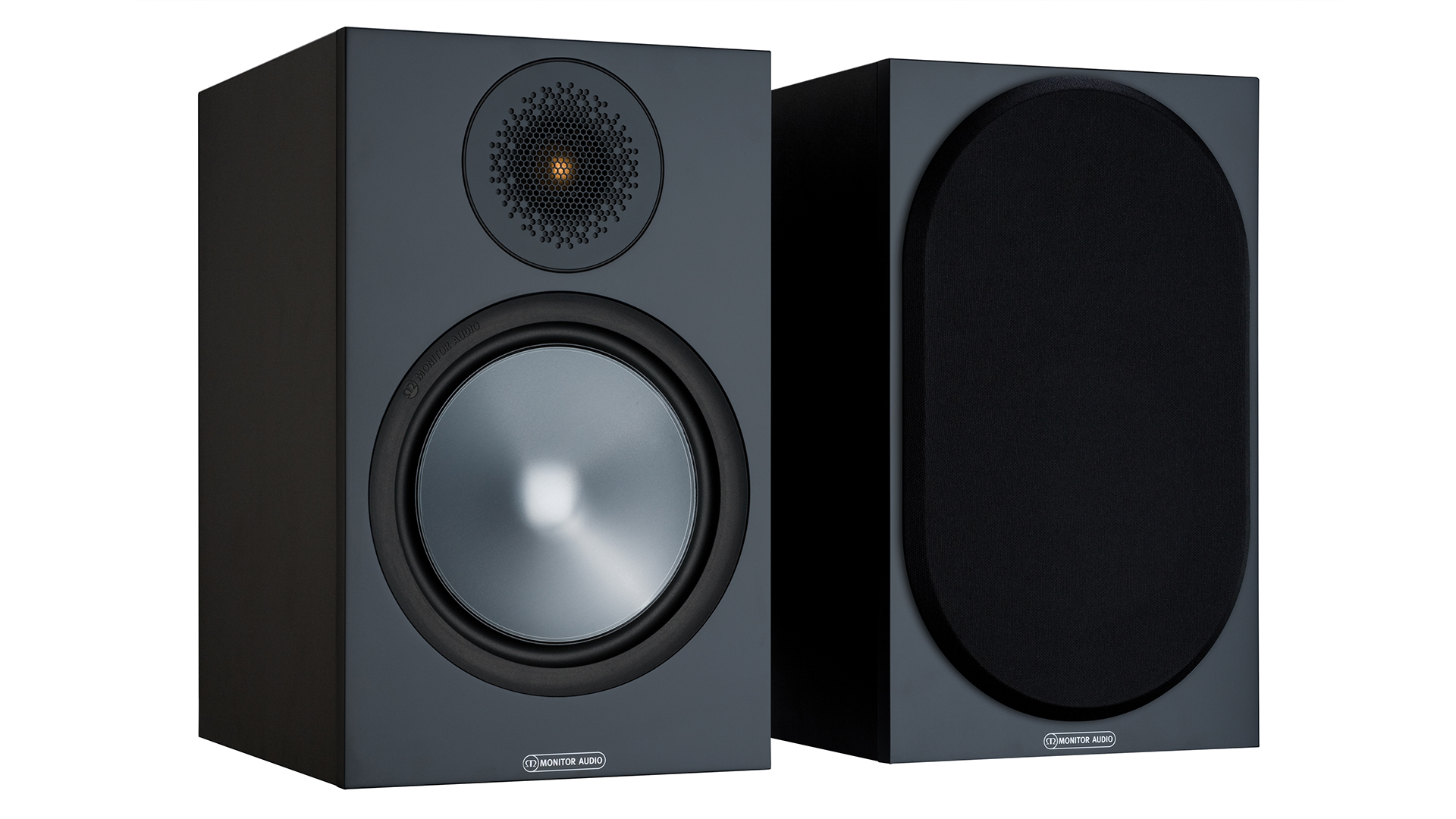
The 100s are significantly bigger boxes than their predecessors, allowing the engineers to fit a large 20cm mid/bass driver, up from the 16.5cm unit in the Bronze 2s. Both of these changes bode well, as they bring the promise of deeper bass, wider-ranging dynamics and higher volume capability.
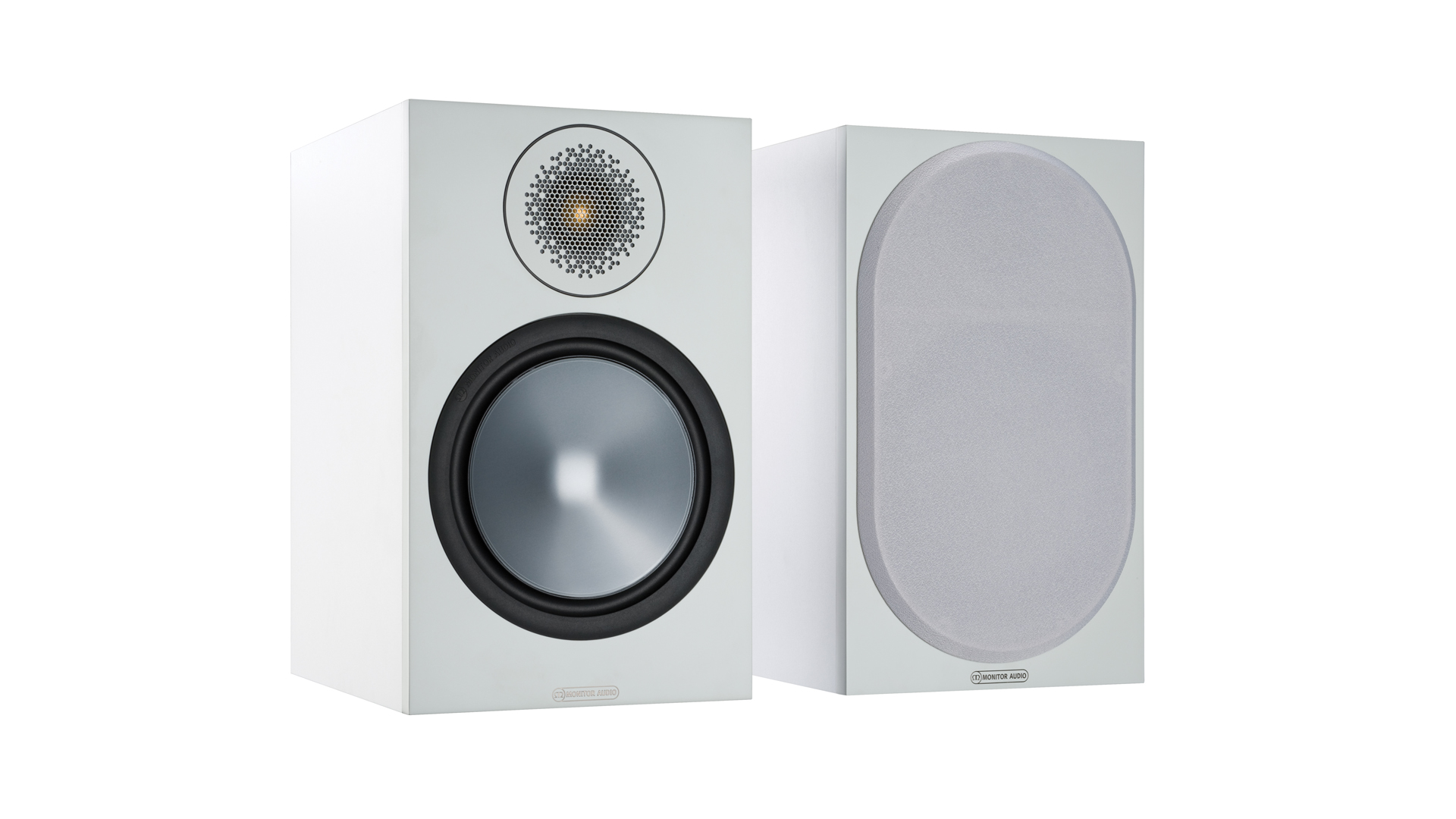
Type Two-way
Sensitivity 87dB
Finishes x4
Nominal impedance 8 ohms
Frequency response 52Hz – 25kHz
Max power 100W
Dimensions (hwd) 37.6 x 23 x 32.5cm
The new mid/bass drive unit still features the company’s trademark C-CAM (ceramic-coated aluminium/magnesium) metal cone, but it’s a new design with revised geometry and an updated surround. This mid/bass is mated to an evolution of the company’s long-running 25mm C-CAM metal dome, which now sits in a relatively deep waveguide.
This new Uniform Dispersion waveguide offers numerous claimed advantages, from helping time-alignment with the mid/bass – thanks to the deeper position of the dome – to improving dispersion characteristics and radiation efficiency.
The latter quality has allowed the designers to lower the Bronze’s crossover frequency from 3.1kHz to 2.2kHz. That’s handy considering the shift to a larger mid/bass unit, which would struggle to go as high in frequency as a smaller alternative.
The build of Monitor Audio products normally wows us, but that’s not the case here. These are nicely built boxes, but they don’t feel like anything special for the money. However, there are still some neat touches, such as the pleasing hexagonal pattern for the tweeter grille and the lack of driver fixings on the front panel.
Compatibility
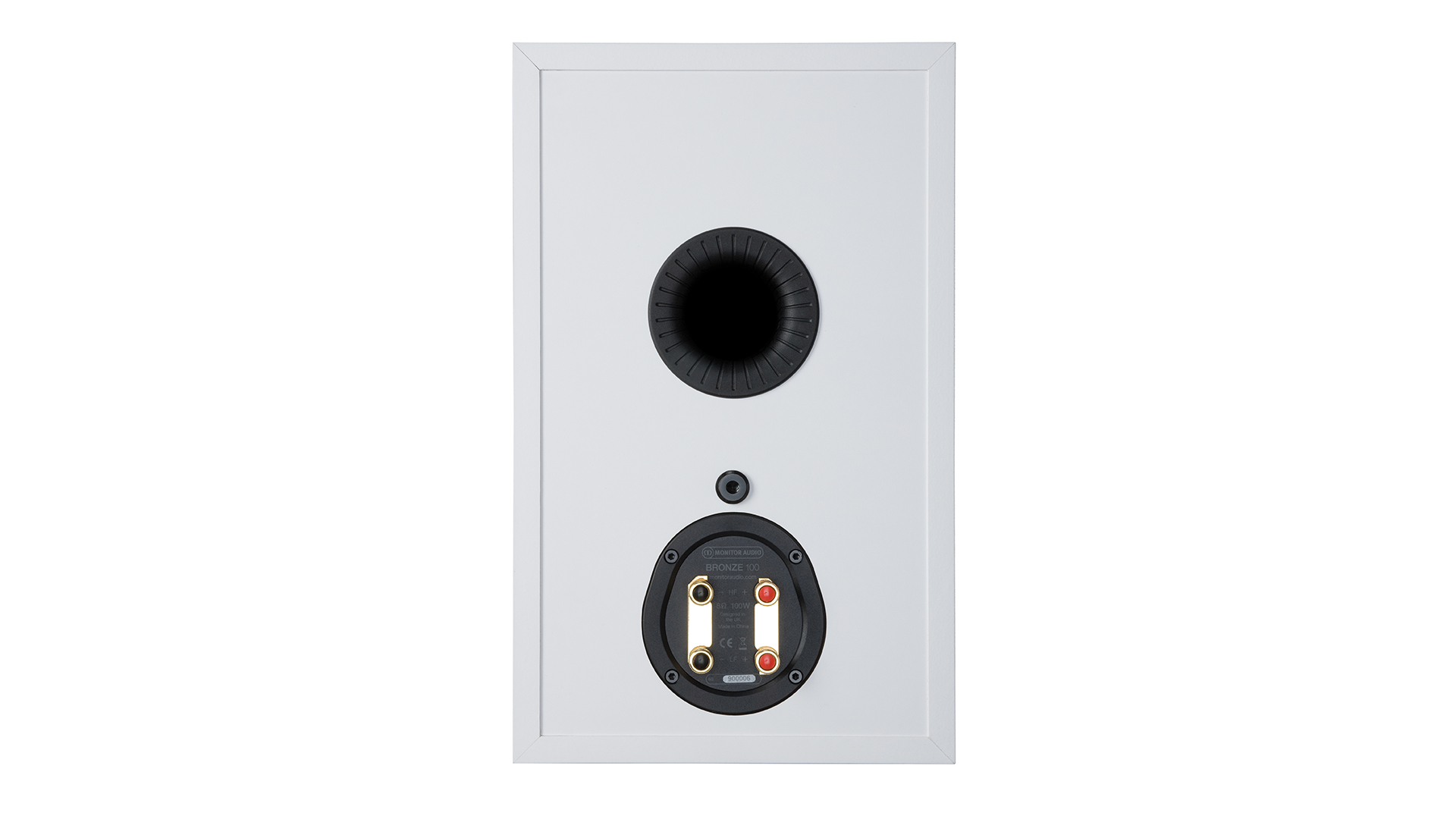
The reflex port has now moved to the back, so don’t position the 100s right up against a back wall and expect great results – they will lack balance if used this way. Though those ports can be blocked to reduce bass output, that never quite sounds right to us either. We prefer to have the Bronzes a little into the room with the ports left open.
Start with the speakers placed around 30cm out from the rear wall and experiment from there. It’s worth angling them towards the listening position to focus the stereo imaging, but not so much that the boxes are directly pointing at you. Monitor Audio suggests aiming the tweeters so that they cross around a metre or so behind the listener. That works well for us.
Speakers at this level have a difficult job. They have to be unfussy enough to sound good with micro systems while at the same time having enough transparency to make the best of pricier mid-priced electronics. That’s a tough balance that Monitor Audio has traditionally managed well.
The Bronze 100s' specifications are broadly standard for the sector, with a sensitivity of 87dB/W/m and 8ohm nominal impedance. We would expect most price compatible amplifiers to be able to drive such a load without issue. Connection is via two sets of good quality binding posts.
We connect our reference system of Naim ND555/555PS DR music streamer and Burmester 088/911 Mk3 pre/power to pretty much every speaker that comes our way. Such a high-end set-up will show just how good the speakers can sound when fed with an impeccable signal.
But, of course, it’s how they behave with more price-appropriate equipment that really matters, so we also use the Bronze 100s with Marantz’s PM6006 UK amplifier and Rega’s Brio integrated alongside sources that range from our Apple MacBook laptop to Marantz’s CD6006UK CD player.
Sound
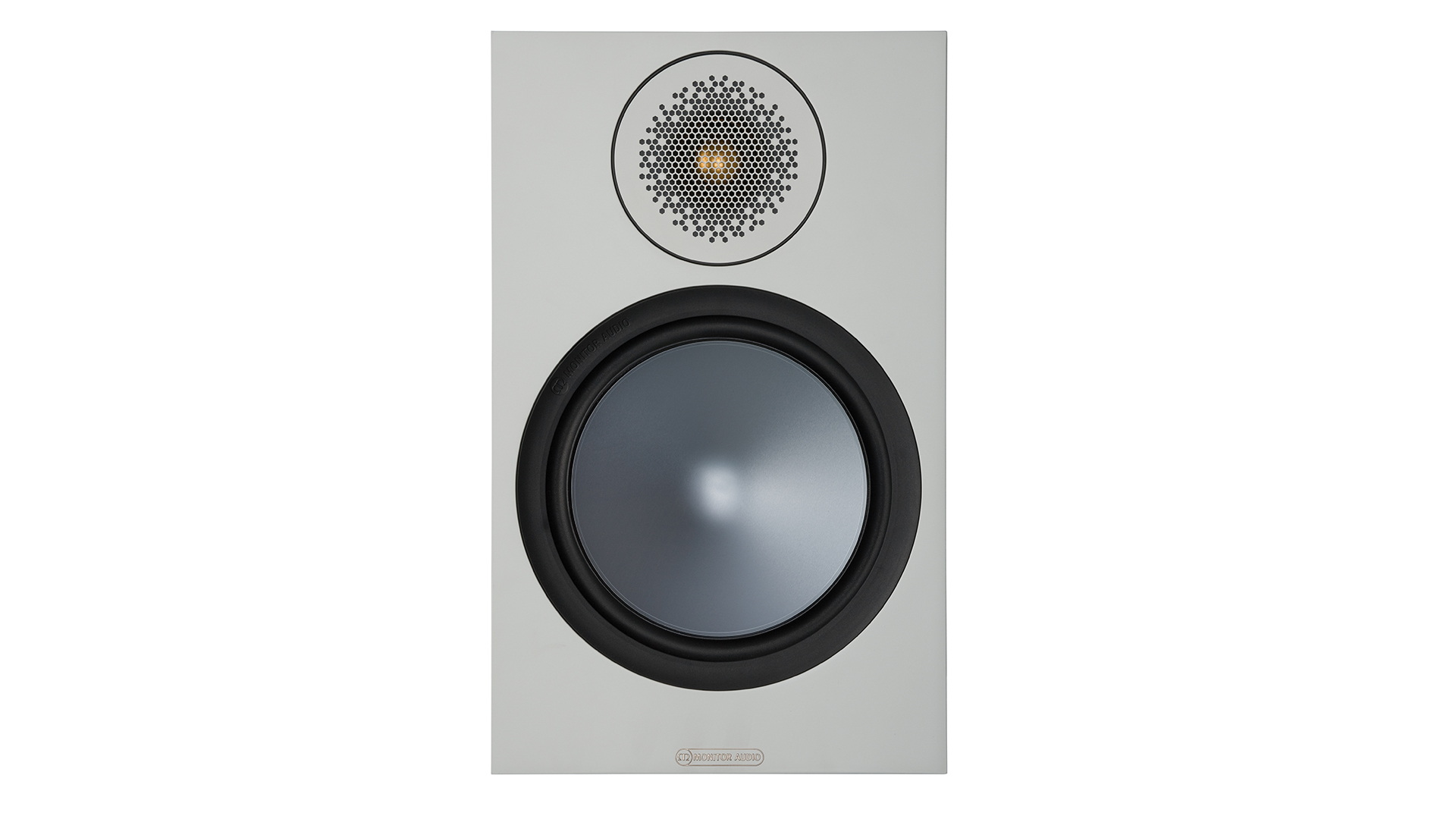
The Bronze 100s aren’t bad performers, but having heard the various generations of Bronze 2s deliver class-leading results, we’re disappointed to report that this new model doesn’t.
On the plus side, those changes in mid/bass and cabinet size help the speakers produce an output of impressive scale and authority. Play Hans Zimmer’s Interstellar OST and the Bronze 100s render a huge sound underpinned by a good hefty slab of bass. They can play loudly too, retaining their composure even when pushed to high levels with demanding music such as this.
The Monitor Audios are also clear and manage to dig up a fair amount of detail. On a dense and demanding track, such as Where We’re Going, they do a good job of separating the various instrumental strands and keeping them easy to follow.
Switching to Melody Gardot’s The Absence shows off the Bronze’s even tonal balance and their impressive agility. They’re upfront, punchy and decently precise, and Gardot’s distinctive voice is well-projected and securely placed front and centre.
So, there are things to admire here, particularly if analysis is your thing. But if you want your speakers to stir the soul then these probably aren’t for you.
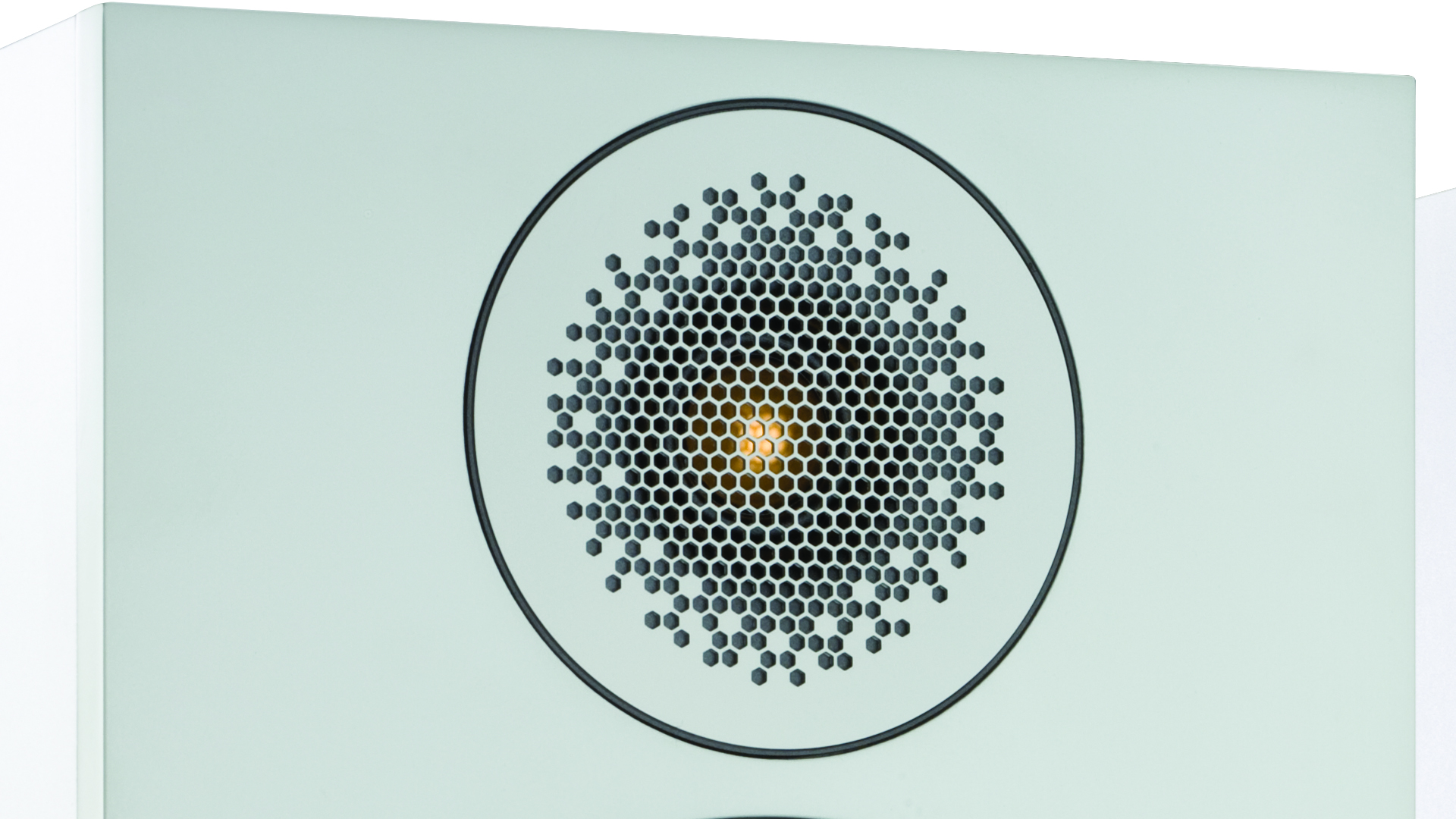
Songs that should fizz with energy fall flat, thanks to a lack of rhythmic coherence and the inability to express dynamic nuances with any great skill. Gardot’s voice may come through with clarity, in the sense that you can make out the words she sings, but these speakers can’t find the emotion behind the words.
Listening through the Monitor Audios makes it sound as if she’s rehearsing rather than giving her best performance. A quick swap to any of the class leaders confirms our doubts.
We play a wide range of recordings, from Bruce Springsteen’s High Hopes and Kanye West’s Yeezus right through to Ólafur Arnalds’s Found Songs, and note the Bronze’s continued inability to fully communicate the music’s passion and subtlety.
It doesn’t help that the updated tweeter lacks the refinement we’ve come to expect from the brand and can sound a little crude and harsh if provoked. At the other end of the spectrum, really deep bass is a little soft. These are merely details in a disappointing performance that’s well off class-leading standards.
Verdict
This is a tough market, but one that Monitor Audio has negotiated with skill for decades. However, the Bronze 100s are up against some talented opposition from the likes of B&W’s 607s, the Q Acoustics 3030is, Dali’s Oberon 1s and the ELAC Debut 2.0 B6.2s, and, on this evidence, they simply aren’t up to the task.
SCORES
- Sound 3
- Compatibility 3
- Build 4
MORE:
Best budget hi-fi speakers 2020
Read our Monitor Audio Bronze 2 review
Read our B&W 607 review
Read our Dali Oberon 1 review
What Hi-Fi?, founded in 1976, is the world's leading independent guide to buying and owning hi-fi and home entertainment products. Our comprehensive tests help you buy the very best for your money, with our advice sections giving you step-by-step information on how to get even more from your music and movies. Everything is tested by our dedicated team of in-house reviewers in our custom-built test rooms in London, Reading and Bath. Our coveted five-star rating and Awards are recognised all over the world as the ultimate seal of approval, so you can buy with absolute confidence.
-
eoc69 Sounds like these speakers haven't been burnt in yet, new speakers need a minimum of 100 hours burn in. I be surprised if a company such as monitor auto would release such poor sounding speakers to market.Reply -
Dampyrino I don't understand this review, the first hands on February was completely different, now reading this review sounds like this pair of speaker are really a mess. Is it really possible that monitor audio missed this generation of speakers?Reply -
manicm Replyeoc69 said:Sounds like these speakers haven't been burnt in yet, new speakers need a minimum of 100 hours burn in. I be surprised if a company such as monitor auto would release such poor sounding speakers to market.
Usually speaker burn in mostly tames the tweeter(s). -
Dampyrino Is it possible that this review has been done without going over the 100 hours of speakers utilisation?Reply -
JR_ It´s possible that Monitor Audio decided not to advertise as much cause of the virus and we see the stars will drop cause these reviews are all about who keeps paying the site. There is many great products which has been given 3stars in the past. I feel sorry for people who pick products reading these. Go listen and compare speakers yourself lettin your ears be the final judge.Reply
Hifi News had very different tone for Bronze 100 including measurements which shows fairly flat response nearfield.
https://www.monitoraudio.com/site/assets/files/29791/bronze-100_hifi_news_review.pdf -
Dampyrino Reply
Well, the truth is that I've already bought the monitor audio bronze 500 😀JR_ said:It´s possible that Monitor Audio decided not to advertise as much cause of the virus and we see the stars will drop cause these reviews are all about who keeps paying the site. There is many great products which has been given 3stars in the past. I feel sorry for people who pick products reading these. Go listen and compare speakers yourself lettin your ears be the final judge.
Hifi News had very different tone for Bronze 100 including measurements which shows fairly flat response nearfield.
https://www.monitoraudio.com/site/assets/files/29791/bronze-100_hifi_news_review.pdf -
Djdaveyj I too have bought the Bronze 500 and it is fabulous. The whole speaker, not just the tweeter, took 3 days to run in. Before which yes, they lacked bass and had coarse treble. But now they have real energy and presence without being harsh at all and the bass is super tight and tuneful. I registered here to make this point, as has been said before, it's a shame that people miss out on a great speaker because of a misleading review. I would go to the HiFi News review for a more accurate picture. WHF's review is about the 100 but it shares the same tweeter and midrange/bass unit so I believe my comments are relevant. I use a vintage Krell amp and Michell TT with Meridian CD player. This is my first MA speaker for 15 years, previously using older speakers - such as Magneplanar, Martin Logan and Acoustic Energy - just to give some context. Go have a listen !Reply -
Dampyrino Reply
Well, I like it too. I love the sound, it's airy and I like also the look of this speaker.Djdaveyj said:I too have bought the Bronze 500 and it is fabulous. The whole speaker, not just the tweeter, took 3 days to run in. Before which yes, they lacked bass and had coarse treble. But now they have real energy and presence without being harsh at all and the bass is super tight and tuneful. I registered here to make this point, as has been said before, it's a shame that people miss out on a great speaker because of a misleading review. I would go to the HiFi News review for a more accurate picture. WHF's review is about the 100 but it shares the same tweeter and midrange/bass unit so I believe my comments are relevant. I use a vintage Krell amp and Michell TT with Meridian CD player. This is my first MA speaker for 15 years, previously using older speakers - such as Magneplanar, Martin Logan and Acoustic Energy - just to give some context. Go have a listen ! -
Audiot ReplyJR_ said:It´s possible that Monitor Audio decided not to advertise as much cause of the virus and we see the stars will drop cause these reviews are all about who keeps paying the site. There is many great products which has been given 3stars in the past. I feel sorry for people who pick products reading these. Go listen and compare speakers yourself lettin your ears be the final judge.
Hifi News had very different tone for Bronze 100 including measurements which shows fairly flat response nearfield.
https://www.monitoraudio.com/site/assets/files/29791/bronze-100_hifi_news_review.pdf
Absolutely correct. These kind of reviews are empty subjective impressions. There's also ample possibility for conflict of interest to occur ;) It's easy to give any speakers any score nowadays when it is based on subjective experience, because all hi-fi speakers sound more or less good enough.
This is why places like audiosciencereview are eating outlets like whathifi for breakfast when it comes to the value placed on their reviews. Sure WhatHi-Fi comes up first in google more often and will hit MA wallet hard, but if MA believes it has a good product, it should just send it to Audiosciencereview and should it do well on objective tests, the audio community will spread the truth and that review will trump this one.
WhatHiFi Go objective, with measurements or fade into obscurity.

